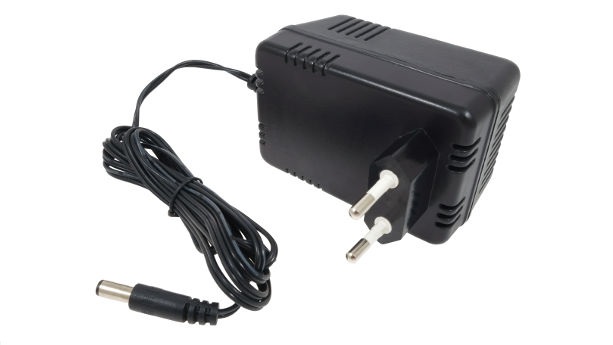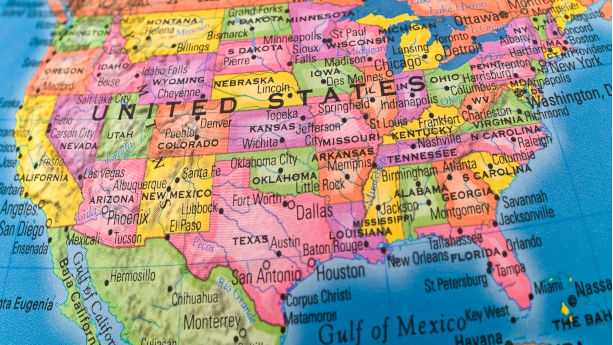Testing according to referenced ASTM standards, which includes ASTM F963-23, is mandatory when importing and manufacturing children’s products in the United States. In this guide, we answer essential questions that you may have about CPSIA lab testing requirements and ASTM F963-23 testing in particular.
Continue reading CPSIA and ASTM F963-23 Product Lab Testing: A Complete Guide






















 US importers and manufacturers are oftentimes not only required to ensure compliance with federal level requirements – but also those that apply on a state level. This guides serves as a broad overview of US state level regulations concerning chemicals and heavy metals, flammability, children’s product safety and more.
US importers and manufacturers are oftentimes not only required to ensure compliance with federal level requirements – but also those that apply on a state level. This guides serves as a broad overview of US state level regulations concerning chemicals and heavy metals, flammability, children’s product safety and more.
